AI-Based Social Media Marketing: Leveraging AI for Targeted Content Distribution and Engagement
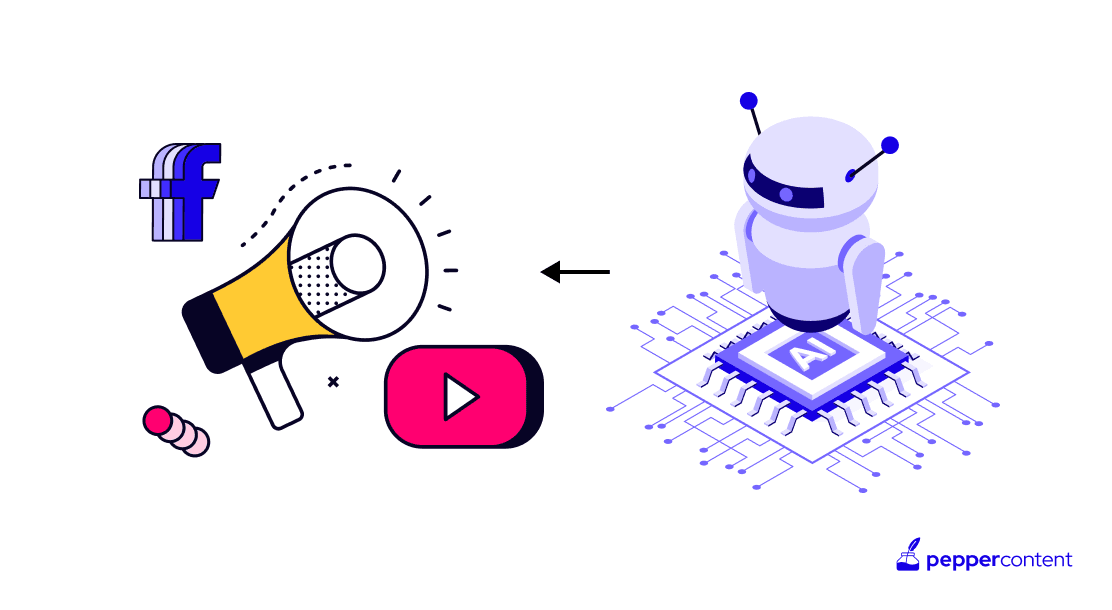
The rise of AI in social media marketing has revolutionized the way businesses engage with their target audience. With the power of artificial intelligence, marketers now have the ability to deliver personalized, targeted content that resonates with users on a deeper level.
This shift towards AI-based social media marketing is driven by the importance of targeted content distribution and engagement. Today’s consumers are bombarded with an overwhelming amount of content, making it crucial for brands to cut through the noise and deliver relevant messages that capture attention.
In this article, we will explore how you can optimize your content distribution, increase engagement, and boost sales in the world of AI in social media marketing. We will delve into various aspects of harnessing AI, from targeted content creation to audience engagement strategies and predictive analysis.
So let’s dive in and unlock the true potential of AI-based social media marketing!
Harnessing AI for Targeted Content Creation
Utilizing AI to identify trending topics and keywords
In the fast-paced world of social media, content creators need to stay on top of the latest trends and keywords to ensure their content reaches the right audience. This is where AI comes in. By utilizing AI-powered tools like BuzzSumo‘s content research mechanism, marketers can analyze billions of articles to identify top-performing content within specific niches. This not only saves time but also provides valuable insights into what topics are resonating with the target audience.
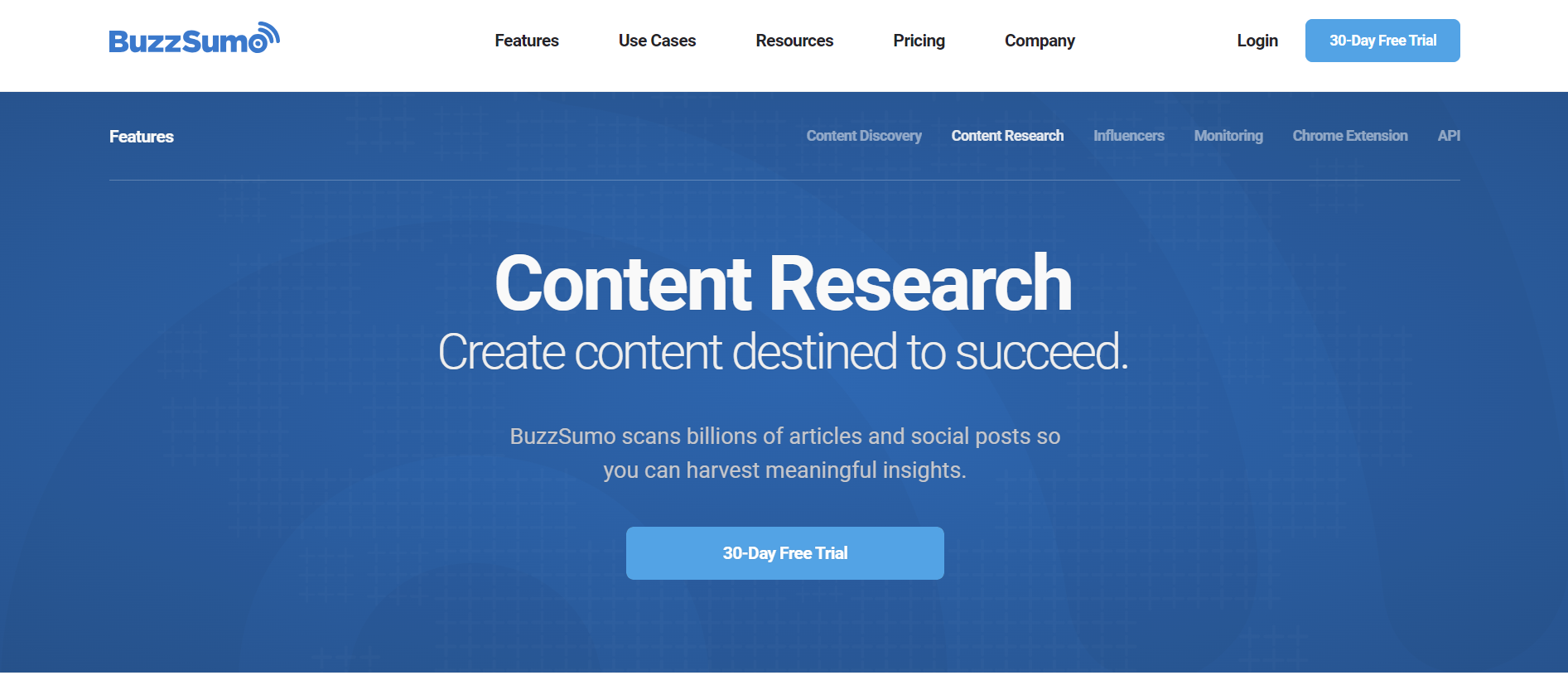
For example, let’s say you’re a fitness influencer looking to create engaging content about “home workouts.” Instead of spending hours manually researching the latest workout trends, you can rely on AI-powered tools to identify the most popular articles and videos related to this topic. Armed with this information, you can create tailored content that aligns with what your audience wants, increasing your chances of engagement and virality.
Leveraging ML algorithms to generate fresh, engaging content ideas
Coming up with fresh and engaging content ideas can be a challenge, especially when faced with writer’s block. Luckily, AI-driven tools like HubSpot’s Blog Ideas Generator can help overcome this hurdle. Using machine learning algorithms, these tools suggest blog post topics based on keywords or phrases provided by the user.
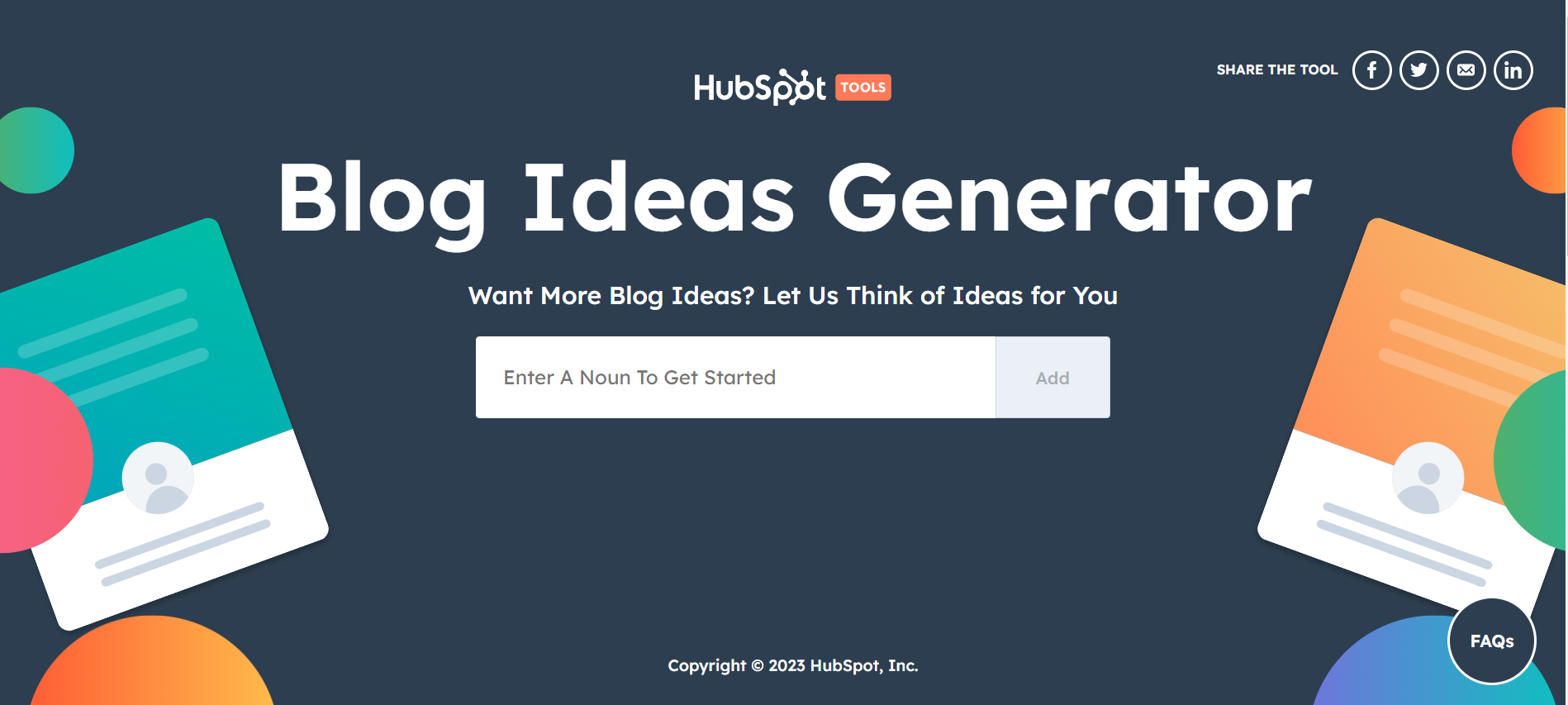
For instance, if you’re a travel blogger struggling to come up with new ideas for your next blog post, simply enter keywords like “solo travel” or “off-the-beaten-path destinations” into HubSpot’s Blog Ideas Generator. In seconds, it will present you with a list of potential topics to spark your creativity and inspire fresh content creation.
Personalizing messages through data analysis and insights
Gone are the days of one-size-fits-all marketing messages. With AI-based social media marketing, brands can personalize their messages by leveraging data analysis and insights. Take Starbucks, for example. By utilizing customer data, they optimize their paid advertising campaigns by delivering personalized messages based on time, date, and location.
Let’s say you’re a coffee lover who often visits Starbucks in the mornings. AI algorithms can analyze your past behavior and preferences, allowing Starbucks to send you a targeted ad for their new breakfast blend just as you’re starting your day. This personalized approach not only increases the chances of conversion but also enhances the overall customer experience.
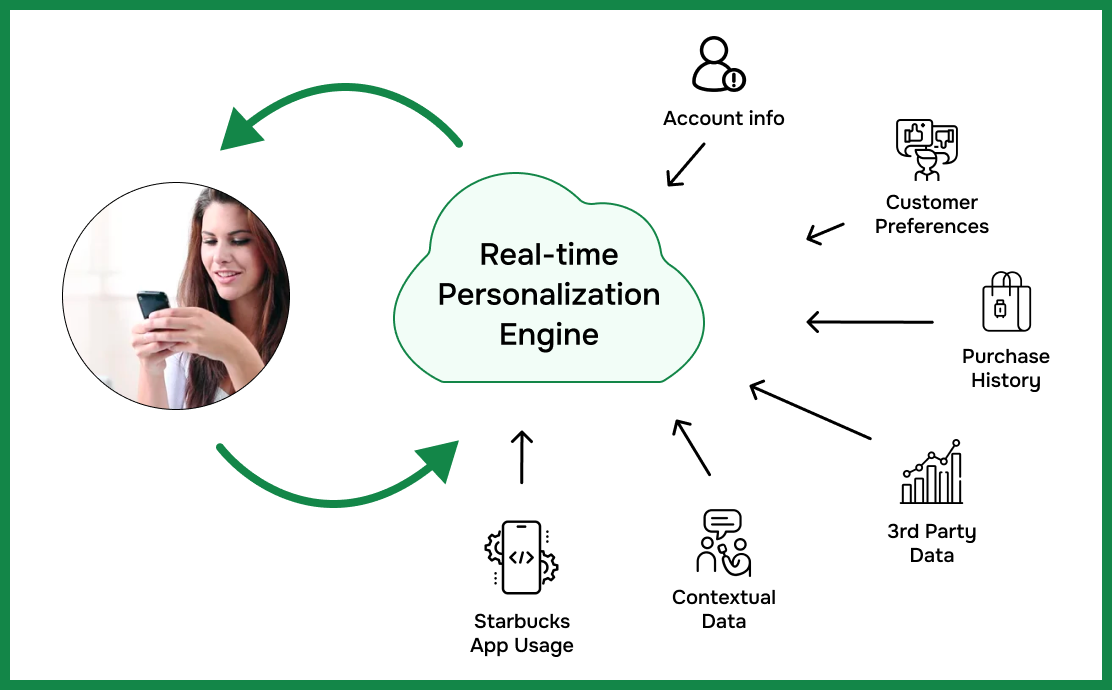
Enhancing Audience Engagement with Intelligent Posting Strategies
Engaging with your target audience on social media is crucial for the success of any marketing campaign. But with millions of posts being shared every minute, how can you ensure that your content stands out from the crowd? This is where AI in social media marketing comes in, revolutionizing the latter by enabling intelligent posting strategies that enhance audience engagement.
One of the key factors in maximizing audience engagement is timing. Understanding when your target audience is most active on social media platforms can help you determine the optimal times to post your content. Fortunately, AI-powered tools like Hootsuite’s scheduling feature can analyze historical data and provide insights on the best times to reach your audience. By leveraging this technology, you can ensure that your posts are seen by a larger number of users, increasing the chances of likes, comments, and shares.

Understanding your audience goes beyond simply knowing when and where to post. AI in social media marketing can also help you analyze their behavior by using intelligent tags and integrating physical store data. Amazon Go stores, for example, employ AI-enabled sensors to track customer interactions, allowing them to identify popular products for targeted online promotions. By harnessing this data and insights, you can create highly relevant content that resonates with your audience’s preferences and needs.
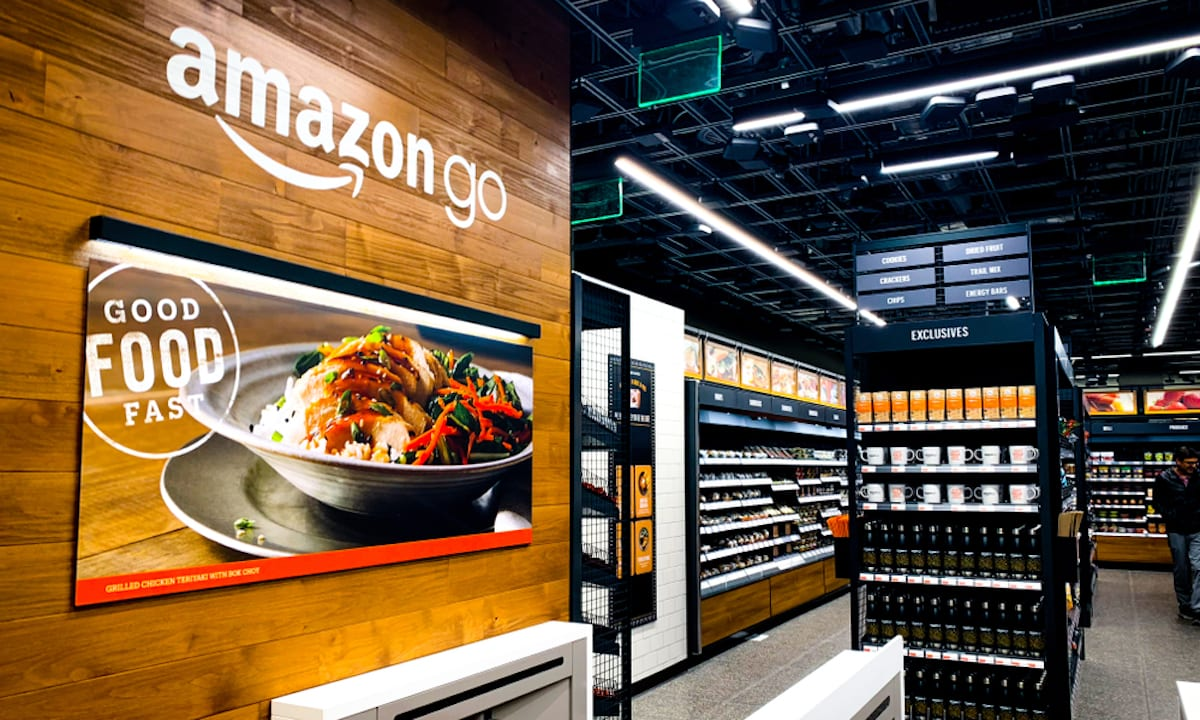
By leveraging AI in social media marketing for intelligent posting strategies, you can boost audience engagement on social media platforms. Whether it’s optimizing posting times, tailoring content formats, or analyzing audience behavior, AI offers a wealth of opportunities to enhance your marketing efforts. So, embrace the power of AI-based social media marketing and take your engagement levels to new heights.
Predictive Analysis for Strategic Resource Allocation
In the world of AI-based social media marketing, predictive analysis plays a crucial role in strategic resource allocation. By leveraging the power of AI algorithms and machine learning, marketers can gain valuable insights into customer preferences and behavior, allowing them to allocate their resources effectively and efficiently.
A prime example of a brand that has successfully harnessed the power of predictive analysis is Coca-Cola. Using AI technology, Coca-Cola optimizes its advertising budget allocation by targeting the most receptive audience segments. By analyzing data on consumer preferences and past purchasing behavior, Coca-Cola can identify the most effective channels and platforms for reaching its target audience, ensuring that its marketing efforts are both efficient and impactful, even on social media.

Predictive analysis also enables marketers to stay ahead of the game by identifying emerging trends and shifts in consumer behavior. By analyzing large volumes of data from various sources, AI algorithms can identify patterns and correlations that human analysts may miss. This allows marketers to make informed decisions about where to allocate their resources for maximum impact.
For example, suppose an AI-powered analytics tool detects a growing trend among young adults for sustainable fashion. Armed with this knowledge, a fashion brand could reallocate its marketing budget towards eco-friendly clothing lines and promote them through targeted social media campaigns. By staying ahead of the curve, brands can position themselves as industry leaders and capture the attention of their target audience.

Language Processing and Visual Recognition for Effective Social Listening
NLP
In this era of AI in Social Media Marketing, brands must stay attuned to the sentiments and desires of their audience. By harnessing the power of language processing and visual recognition, social media marketers can gain valuable insights into customer preferences and effectively listen to what their audience is saying. AI algorithms can detect patterns in user tweets, comments, and posts, enabling businesses to understand sentiment towards their brand or products.
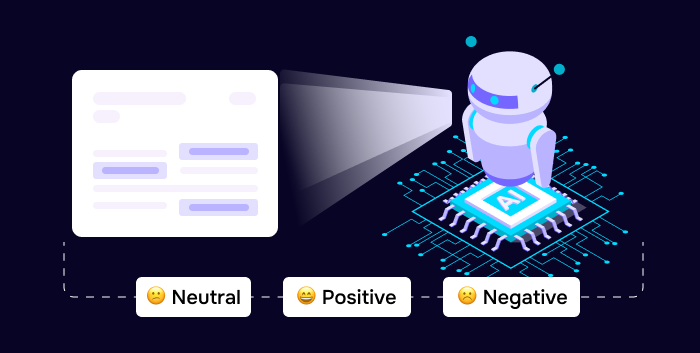
Take Twitter, for example. Their AI algorithms analyze millions of tweets every day to identify mentions and opinions about brands or products. This allows businesses to gauge customer sentiment in real time, enabling them to respond promptly and make necessary adjustments to their marketing strategies. So if a shoe brand notices negative sentiment surrounding their product durability, they can address the issue immediately by improving their manufacturing process or launching a campaign highlighting the quality of their shoes.
Visual recognition technology
Visual recognition technology is another powerful tool that aids social listening. Platforms like Pinterest employ AI algorithms that can recognize objects, logos, and even faces. This enables brands to track mentions across the platform more effectively and engage with users who are actively engaging with their content. For instance, if a beauty brand notices that its logo is gaining traction on Pinterest, it can create targeted promotions or partnerships with influential pinners to further boost engagement.
These language processing and visual recognition technologies not only help brands understand their customers better but also allow them to create more personalized experiences. By analyzing user-generated content and comments, businesses can uncover insights into consumer preferences, pain points, and desires. Armed with this knowledge, brands can tailor their messages more effectively to resonate with their target audience and leverage AI for social media marketing.
Creating Powerful Messaging with AI-Powered Copywriting
Crafting compelling messaging is crucial for effective social media marketing. With AI-powered copywriting tools becoming increasingly sophisticated, businesses now have access to intelligent writing assistants that can enhance their content creation process.
Grammarly’s Tone Detector is a prime example of AI-powered copywriting in action. By analyzing text using machine learning techniques, it provides suggestions to create more engaging and impactful content. Marketers can ensure their messaging aligns with the desired tone, whether it’s funny, authoritative, or inspiring.
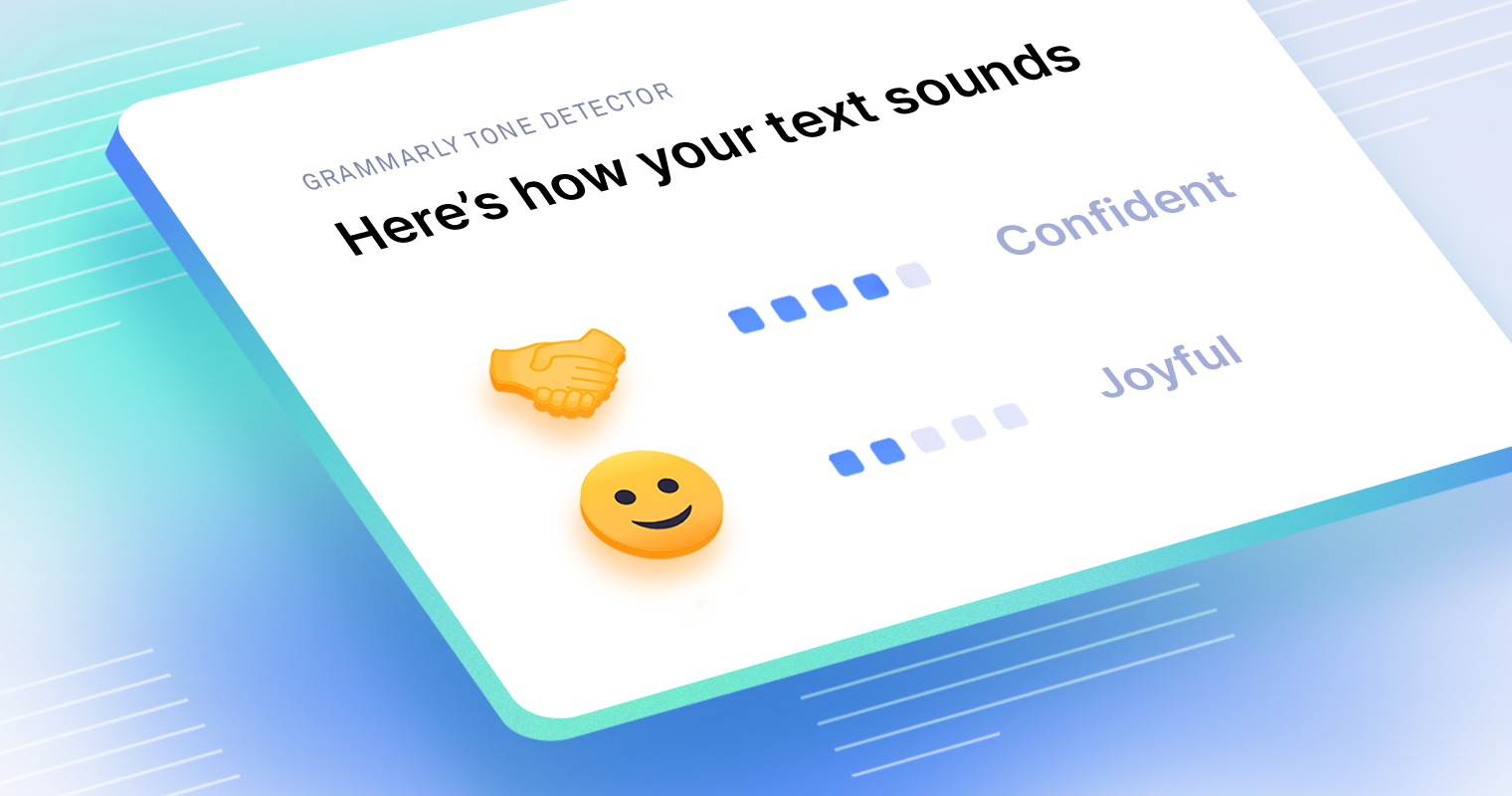
Consistency is key to building a strong brand identity, and AI-powered copywriting tools can help optimize messaging across various social media platforms. By maintaining consistent branding and messaging, businesses can reinforce their brand identity and connect with customers on a deeper level. Apple, for instance, has mastered this art by using consistent language and imagery across its social media channels. This creates a seamless experience for customers and strengthens their emotional connection with the brand.
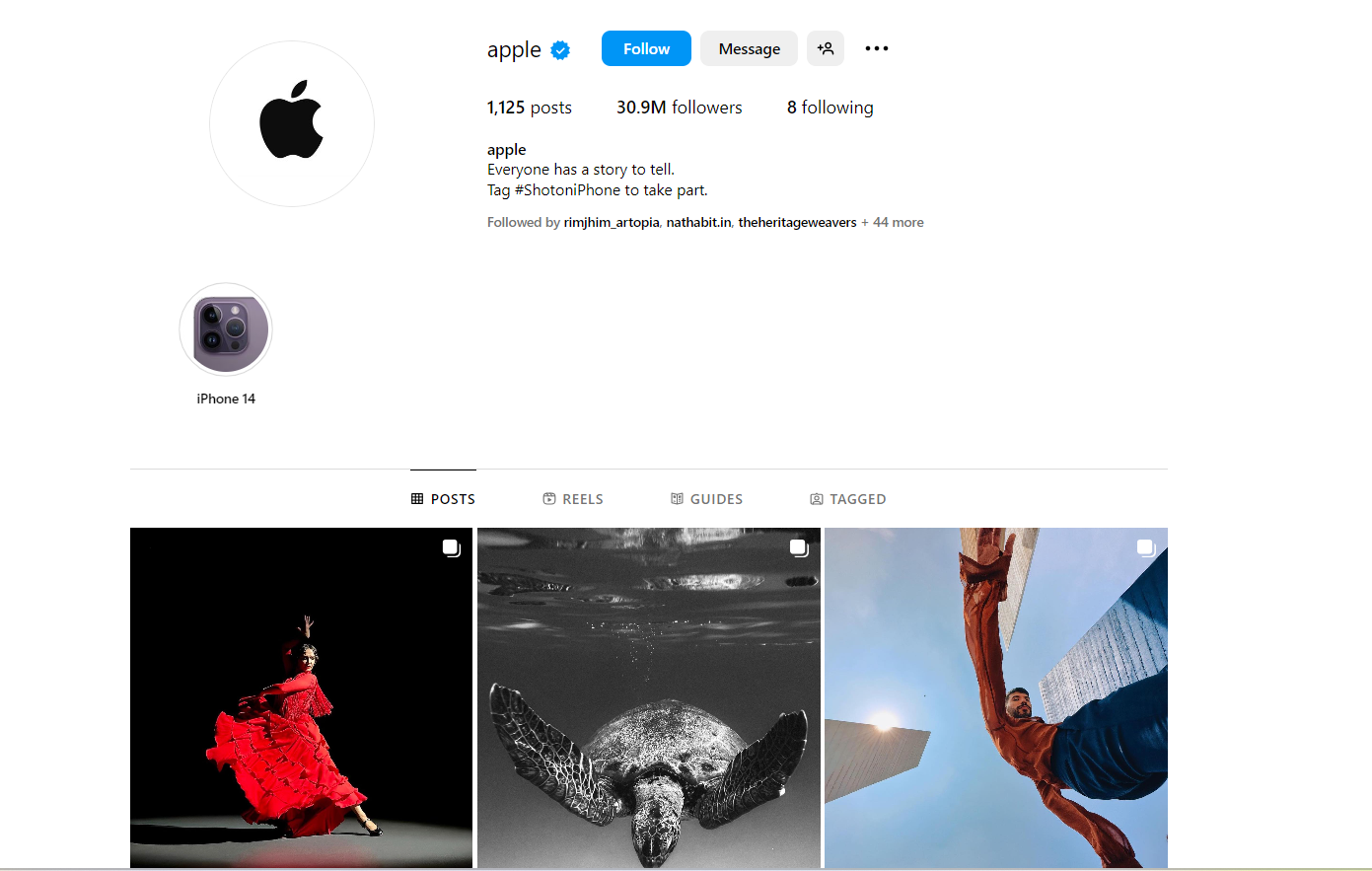
In addition to enhancing copywriting, AI-powered tools can also generate compelling headlines instantly. These tools analyze user behavior and engagement data to suggest attention-grabbing headlines that are tailored to the target audience’s preferences. By leveraging these tools, marketers can effortlessly capture the attention of their followers and compel them to engage with their content.
Conclusion
The benefits of leveraging AI in social media marketing are clear – increased brand awareness, higher engagement rates, improved conversions, and ultimately, a positive impact on the bottom line. As technology continues to advance and AI becomes more accessible to marketers, businesses must embrace these AI-based strategies to stay competitive in the ever-evolving digital landscape.
Looking for high-quality and well-optimized AI+human-led social media content? Don’t forget to check out Pepper Content’s writing services.
Latest Blogs
In this blog, explore the golden rules of using AI marketing tools so you can leverage the benefits to their maximum potential.
In this blog, you’ll learn how to avoid the pitfalls of SEO over-optimization while enhancing your site’s performance.
In this article, we’ll take a look at what AMP is, its advantages and disadvantages, and how it affects SEO.
Get your hands on the latest news!
Similar Posts
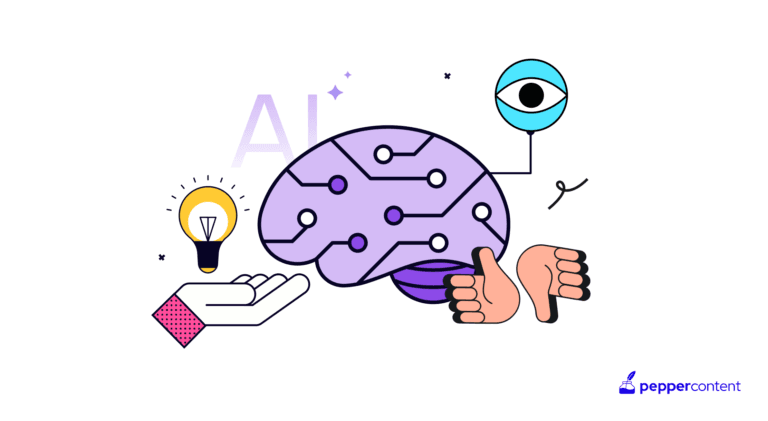
Generative AI
8 mins read
Top 5 Rules to Rule AI Marketing Tools Like a Pro
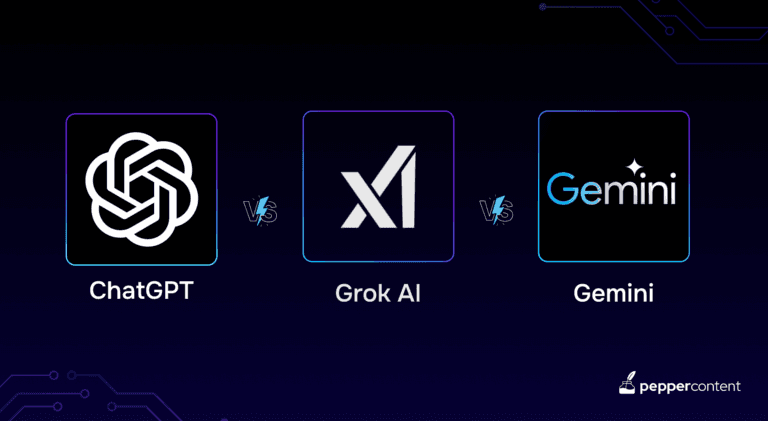
Generative AI
8 mins read
ChatGPT vs Grok AI vs Gemini AI: Everything You Need to Know About These Powerful AI Assistants
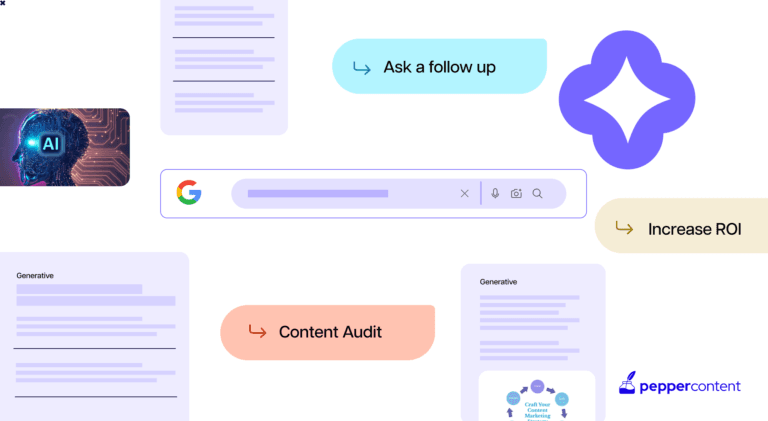
Generative AI
8 mins read